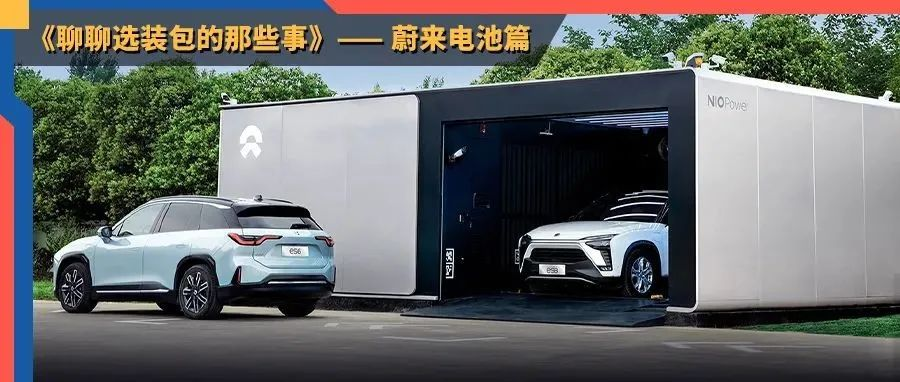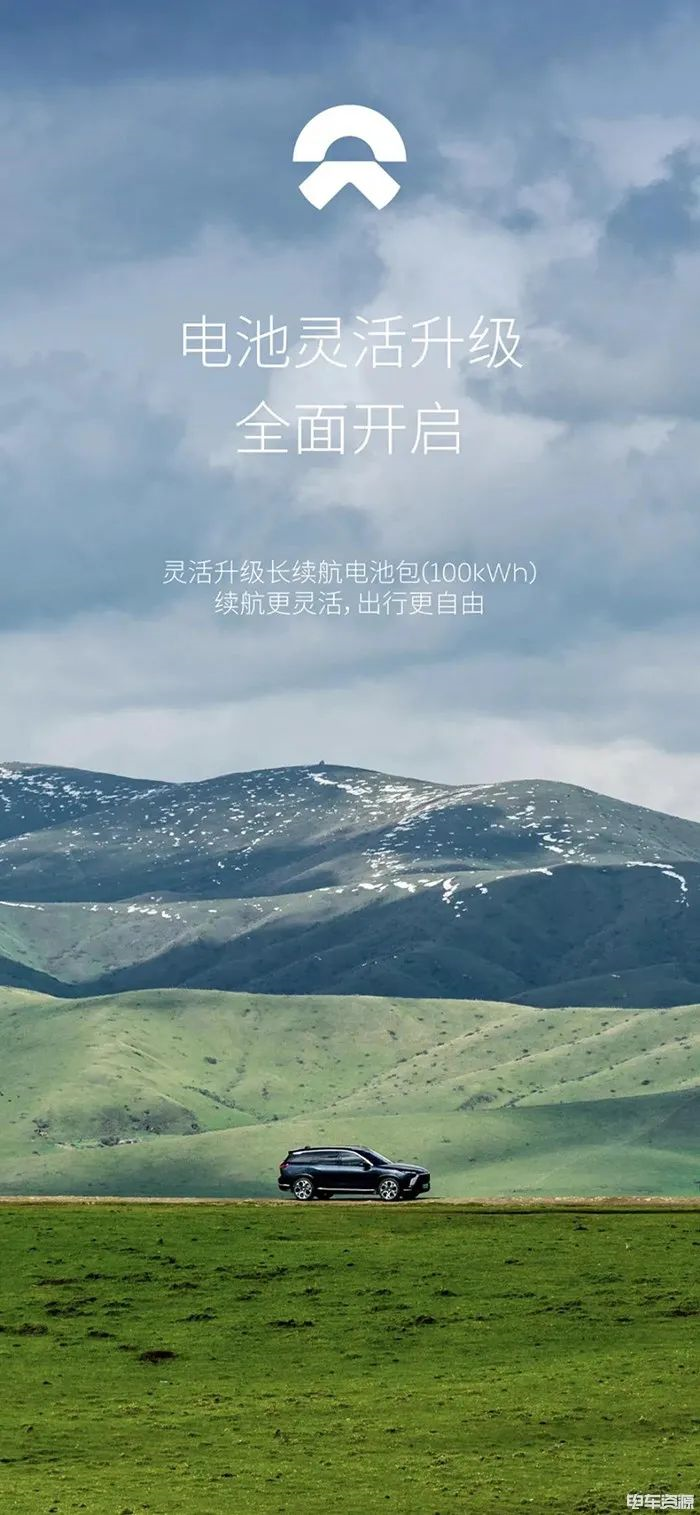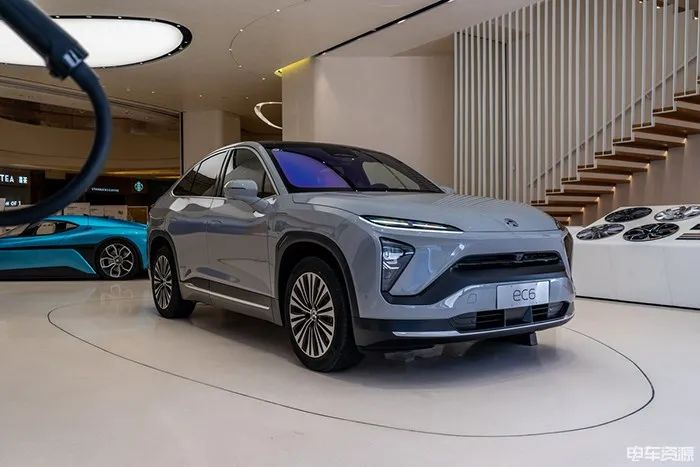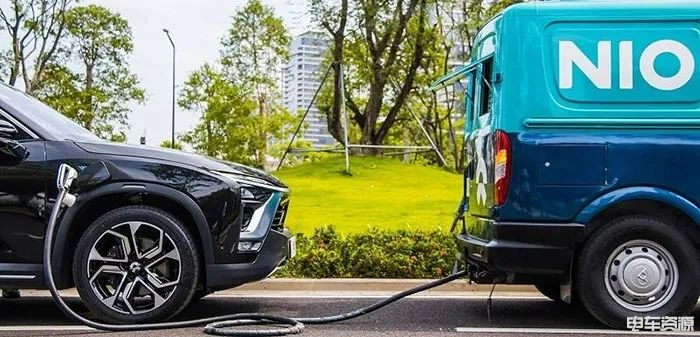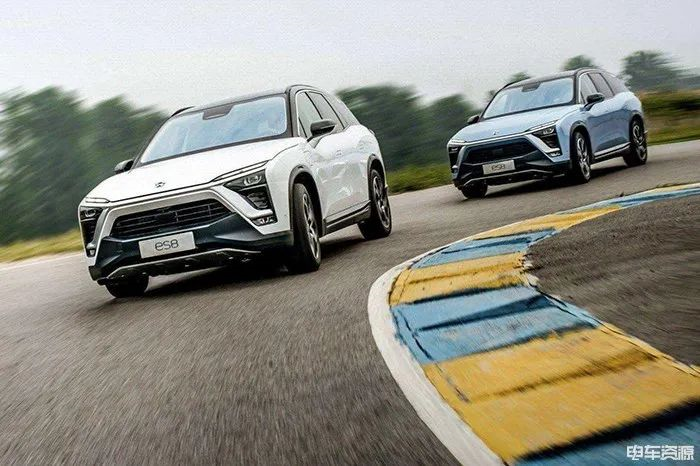With the continuous emergence of new energy vehicles, various “mass production strategies” have been introduced not only to launch multiple models but also to offer a wide range of optional packages for different types of vehicles, such as those focusing on driver assistance, battery, and customized seats. Therefore, we have launched a new column called “Let’s Talk About Optional Packages,” which mainly provides detailed analyses and comparisons of different brands’ featured optional packages to serve as a purchase reference for consumers.
This issue focuses on whether the flexible battery upgrade service provided by NIO is suitable for you.
On December 5th, NIO officially announced the full open of their flexible battery upgrade service.
According to the official website, NIO’s flexible battery upgrade service provides two forms of payment: 880 yuan per month or 7,980 yuan per year, mainly to provide a low-cost, large-capacity battery experience for personalized electric travel.
In fact, as early as April of this year, the flexible annual upgrade service of the NIO 100 kWh long-range battery pack had already been launched. The flexible monthly upgrade service was successively launched in cities such as Urumqi, Shenyang, Xining, Lanzhou, Yinchuan, and Hohhot thereafter. This time it is released comprehensively, covering mainland China (except Tibet) and the Macau Special Administrative Region.
Specifically, this service offered by NIO mainly targets consumers who choose the standard long-range battery pack (70/75 degrees), for instance, the official range of the 75-degree battery of EC6 is 455 kilometers, while the range can reach up to 600 kilometers after upgrading to the 100-degree battery, an increase of 145 kilometers. So, is it necessary to spend this money on NIO’s flexible battery upgrade service?
First of all, let’s take a look at how much it costs per hundred kilometers for electric cars and fuel cars. Generally, electric cars can travel about 5-6 kilometers per kWh of electricity, assuming a residential electricity rate of 0.6 yuan, the cost per hundred kilometers is 12 yuan. On the other hand, gasoline cars with the same power output will require at least 7 liters of gasoline per hundred kilometers, which will cost about 3 yuan for driving 5 kilometers. So, the cost per hundred kilometers will be 60 yuan. Thus, the cost per hundred kilometers between the two is visibly different.
Next, let’s set up a simple equation system (X is the driving distance with a unit of 100 kilometers), 880+12X=60X, the solution is X ≈ 18.3. That is to say, driving more than 1830 kilometers per month, upgrading the battery of NIO electric vehicles is more cost-effective than fuel vehicles. If the monthly driving distance is within 1830 kilometers, fuel vehicles cost less.
However, considering the comprehensive road conditions, driving in the city often encounters traffic jams, and the suitable driving distance for fuel vehicles may even be lower. On the other hand, we also need to consider that temperature greatly affects the range of electric vehicles, especially for car owners in northern China. They may feel the least secure about their electric cars when winter comes.
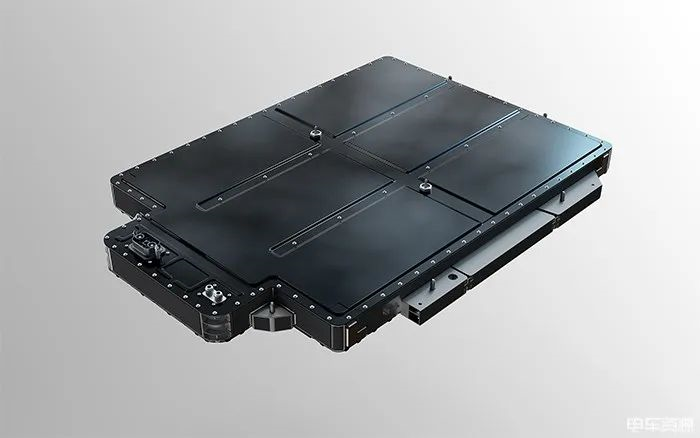
In short, fuel vehicles and electric vehicles have their own advantages and disadvantages. We not only need to consider travel costs but also face some factors that are currently unavoidable. Therefore, if you only have a NIO car at home, the editor recommends that you upgrade. At 7980 yuan per year, a single battery can increase the range by 145 kilometers, which is still very worthwhile. You don’t need to charge frequently, and you can reduce the owner’s range anxiety. Moreover, the popularity of NIO battery swapping stations is getting faster and faster.
Of course, you can also choose to upgrade for a single month to try it out, and after the order expires, you can choose “renewal” service in the App. On the other hand, if you don’t want to continue using it, you can also return the battery to any operating swap station nationwide.
Conclusion
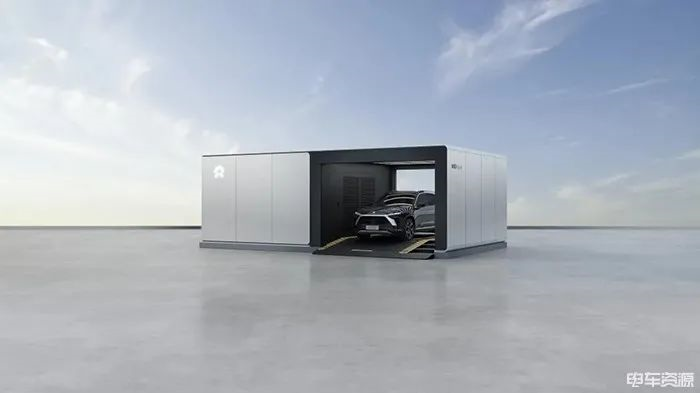
From the first-generation swap station to the staff-less second-generation swap station, from being able to store only 5 batteries to 13 batteries that can exchange 312 cars per day, NIO swap stations have been around for three years since 2018. To this day, the number of swap stations nationwide has reached 700. No matter how fast the charging speed is, it is impossible to fully charge a battery in 5 minutes, which is the biggest advantage of swapping.
In other words, at the current stage, swapping is the most efficient way to replenish energy for all pure electric vehicles.
This article is a translation by ChatGPT of a Chinese report from 42HOW. If you have any questions about it, please email bd@42how.com.
